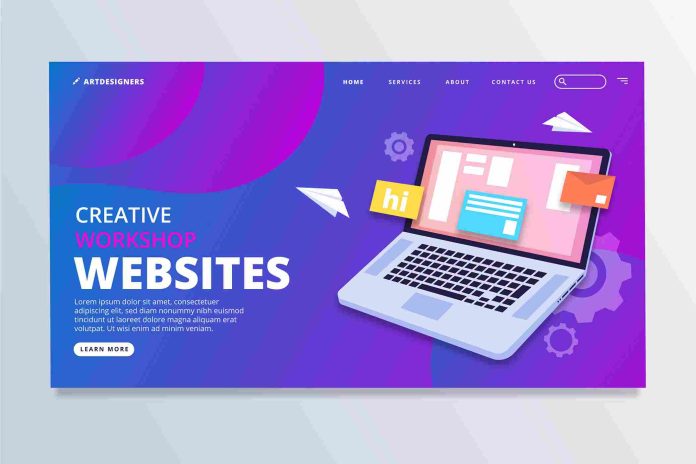As a business owner, you want your website to be as accessible as possible for everyone. Accessibility ensures that all users – regardless of age, disability, or technical skill level – can easily access the information they need on your website.
From using simple language and intuitive navigation to offering alternatives, such as text-to-speech and high-contrast visuals, there are several ways to enhance the accessibility of your site so that it is better able to meet the needs of your diverse user base.
This blog post will provide tips and strategies to ensure everyone can utilize your online presence.
Table of Contents
Add a “Skip Navigation” Link to the Top of Your Website – This Helps Those with Mobility Impairments Quickly Jump to the Content They Need
Navigating a website can be tedious for anyone, but it can be incredibly challenging for those with mobility impairments. That’s why adding a “skip navigation” link at the top of your website is essential. This allows users with mobility impairments to quickly jump to the content they need without navigating through many menus and links.
By implementing this simple feature, you can make your website more accessible to everyone, regardless of their abilities. Not only will this make your website more user-friendly, but it also shows that you value inclusivity and are actively working towards making your website accessible to all.
Make Sure Your Website Is Easily Translatable to Make Your Website More Accessible
In today’s global marketplace, it’s crucial to provide website visitors with the ability to translate your site into their preferred language quickly. By making your website accessible in multiple languages, you’ll be able to expand your reach to a broader audience and increase engagement with potential customers or clients.
However, adding a couple of translation options to your website is not enough. It’s vital to ensure that the design and functionality of your site allow for seamless translation, so visitors can easily navigate and understand your content regardless of their native language.
By prioritizing website accessibility through translation, you’ll be able to communicate effectively with a global audience and drive traffic to your site.
You should know that translating a WordPress website is relatively easy with a bit of guidance. The same is true for most other content management systems. Do your research before diving into the process to ensure that you are taking all the appropriate steps for your website.
Use Larger Font Sizes and Easier-to-Read Fonts That Are Accessible on All Devices
It’s essential to make content accessible to everyone, regardless of their device or visual abilities. One easy way to improve the readability of your text is to use larger font sizes and clearer, easier-to-read fonts. Not only does this make your content easier on the eyes, but it also enhances the overall user experience.
It’s important to choose fonts that are accessible on all devices, so your message can reach the broadest possible audience. So, take a few extra minutes to adjust your font settings and improve your content’s readability – your readers will appreciate it.
Check Colour Contrast and Make Sure There Is Sufficient Contrast Between Text and Background Colours to Make Sure the Site Is Legible for Those with Impaired Vision
Ensuring that your website is legible for all users, including those with impaired vision, is essential for creating an inclusive online experience.
One key element to focus on is the colour contrast between your text and background colours. When these colours are too similar, it can make it difficult for those with visual impairments to read the words on your site.
By checking your colour contrast and ensuring sufficient differentiation, you can create a more accessible website that everyone can enjoy. So, take the time to check your colour combinations and make the necessary adjustments to provide a better experience for all users.
Include Alternative Text (Alt Tags) So Users with Screen Readers Have an Idea of What Images Contain
Images are an integral part of modern communication. However, users who rely on screen readers to access the content may find it challenging to understand the images’ context on a page. This is where the alternative text (ALT tags) comes in handy.
By providing descriptive tags, website owners can ensure that users with visual impairments clearly understand the images’ content. This is not just a matter of accessibility but also a way to enhance the user experience for a broader audience.
So, whether designing a website for business or personal use, it’s critical to include ALT tags that accurately depict the image content. Doing so can make your website more inclusive and accessible to everyone.














